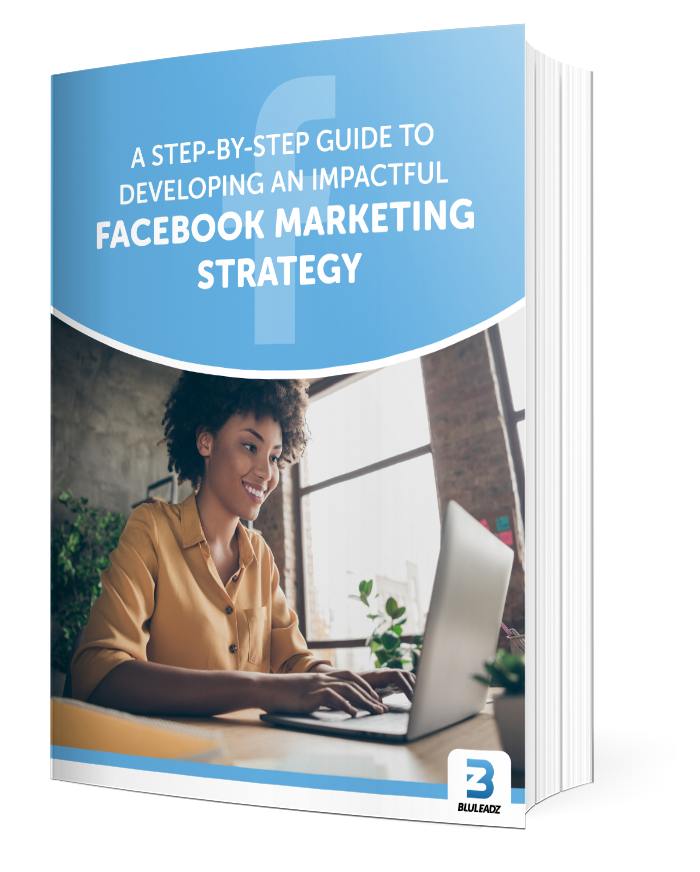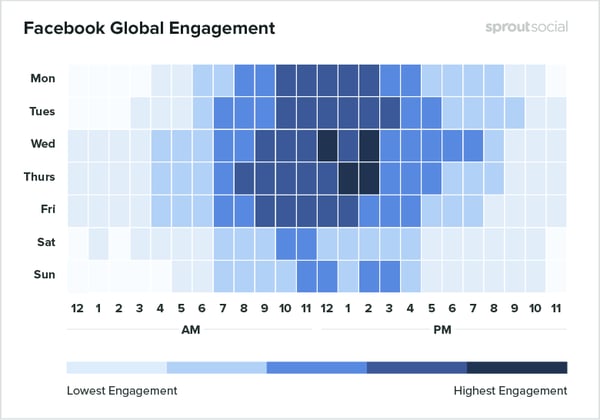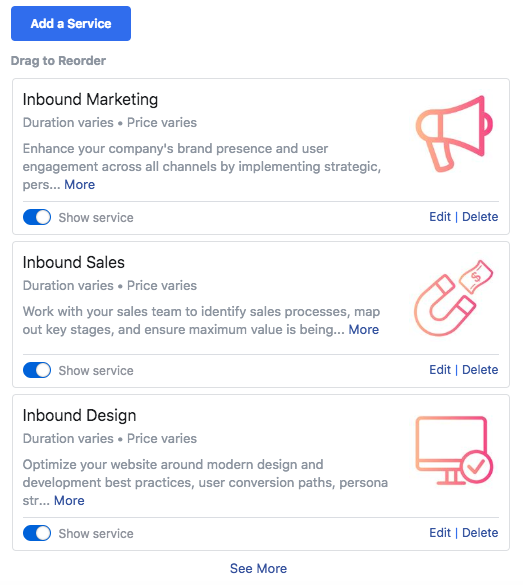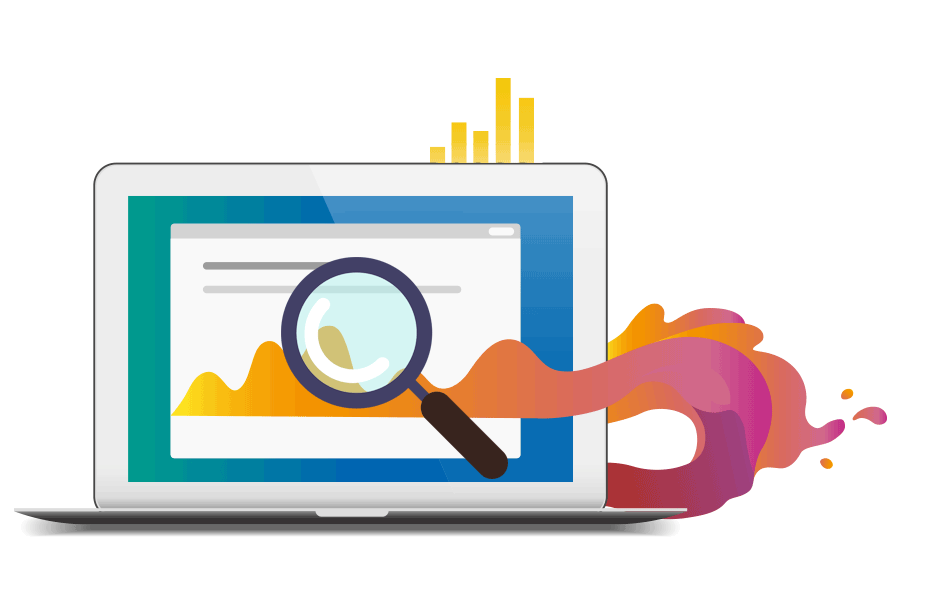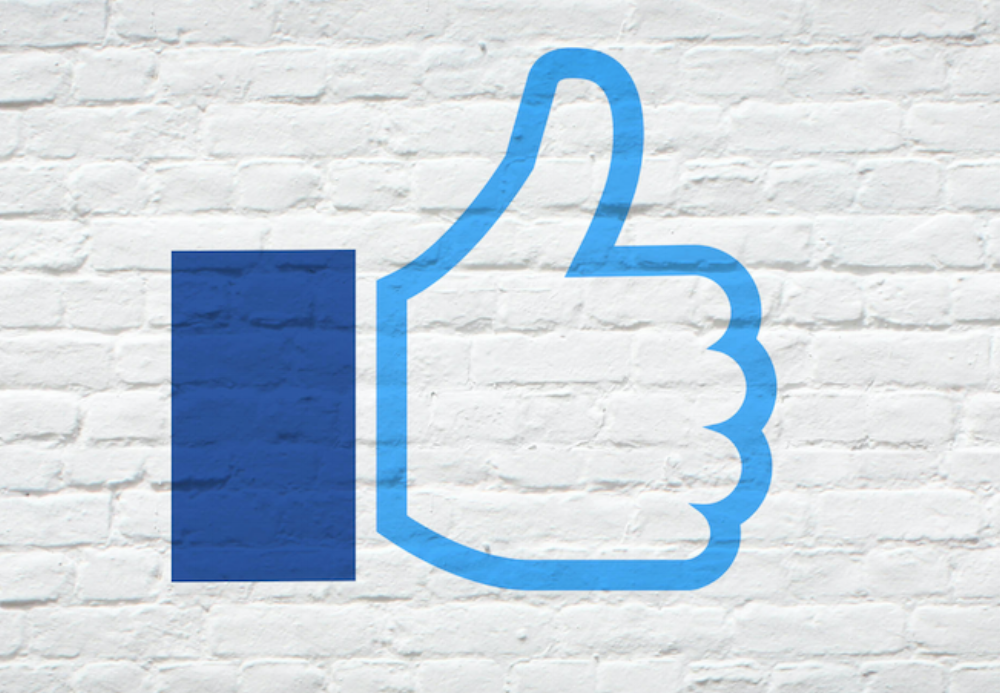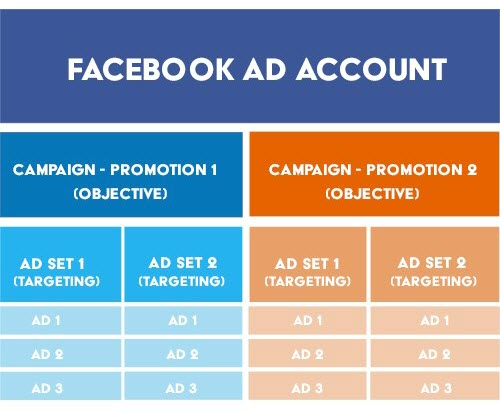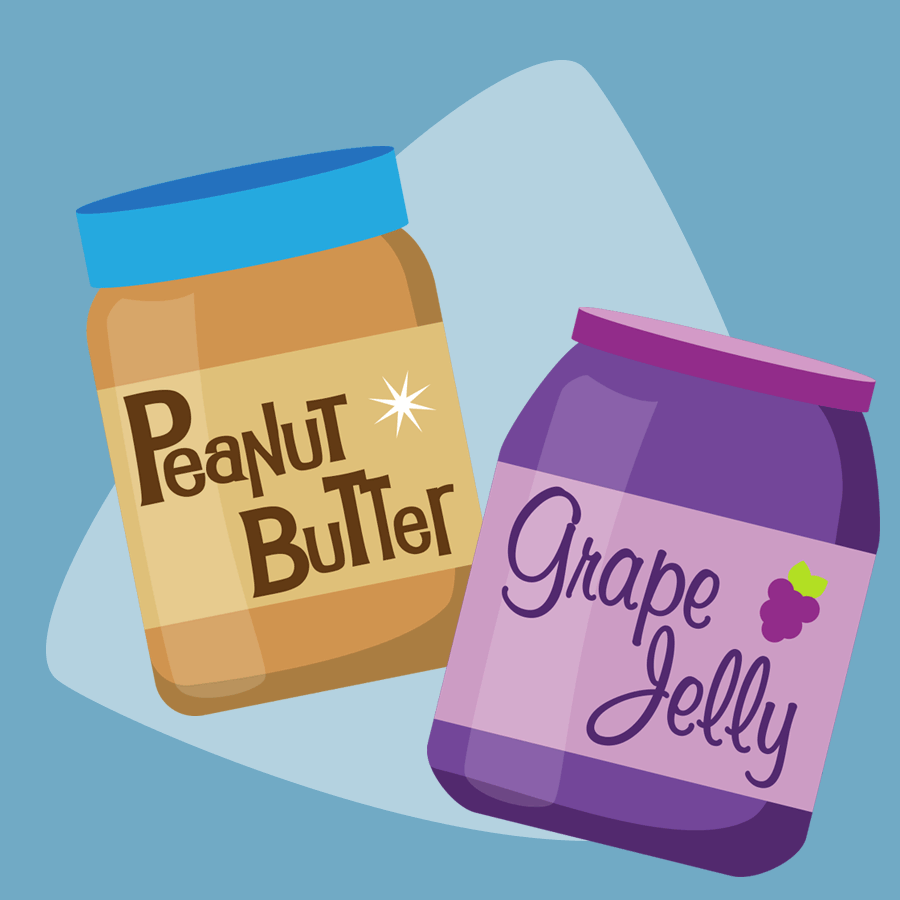Meet with your team to establish a plan for handling negative comments – the more united your business is on these tricky situations, the easier it will be to handle them in the future without conflict.
Businesses on Facebook do have the option to moderate comments before they get published on their Business Page. If you want to be cautious about what is commented on your feed, this may be something you’d want to edit in your Page settings.
In the settings tab under general, you have Page Moderation, which will allow you to block comments that contain certain words from being published. You can also turn your Profanity Filter on, set to either medium or strong. Facebook sets profanity filter parameters based on the most commonly reported words and phrases marked “offensive” by the Facebook community.
If you constantly notice one mean person commenting on your feed, you have the ability ban them from your page.
Again, this is a last resort option, and isn’t likely to happen often, but banning people will prevent them from accessing your page any further.
Reactions
Reactions are fairly recent to the Facebook community.
With a selection of animated emoticons, people have the freedom to share reactions to posts, a step up from the traditional "like." Basically, they’re short, sweet, and to the point.
Reactions reside as an alternative option to the like button. You can react to any post on Facebook – even to comments!
To “react” to a comment or post, hover over the like button and the reactions will appear. On a phone, hold down the like button to reveal reactions.
Not sure what reactions are available on Facebook? Let’s take a look:
via GIPHY
Now, reactions bring animation to your Facebook feed. Rather than just liking a great piece of content, share a heart or express a relevant emotion. Reactions make engaging with users even easier.
Note: While Sad and Angry can be relevant to some content you see and some comments you may receive, refrain from using them to react to the content. Remember that you are a business first, and you should positively represent your brand on social media.
Facebook Messenger
Utilizing Facebook Messenger as a business can bring your customer support to new heights. According to a Facebook Third Quarter 2017 Earnings Call transcript, more than 20 million businesses use Messenger to communicate with customers.
Facebook Messenger is a great feature to use for one-on-one conversations with your customers.
If someone has an issue they need resolved and they start searching around on your company Facebook page for contact information, they can easily connect with you on Messenger instead.
There's nothing I hate more than spending 20 minutes on a phone call with an automated voice that won't let me speak to someone directly. In my opinion, if the only option to resolving an issue with a company is by calling or sending an email, I often won't even bother trying.
By utilizing Facebook Messenger for customer support contact, customers will be able to connect with an employee at your business in real time.
No angry customer likes to wait: make sure you respond to any complaints in a timely manner. Having someone monitor your Business Page throughout the day can ensure that you don’t leave someone hanging.
